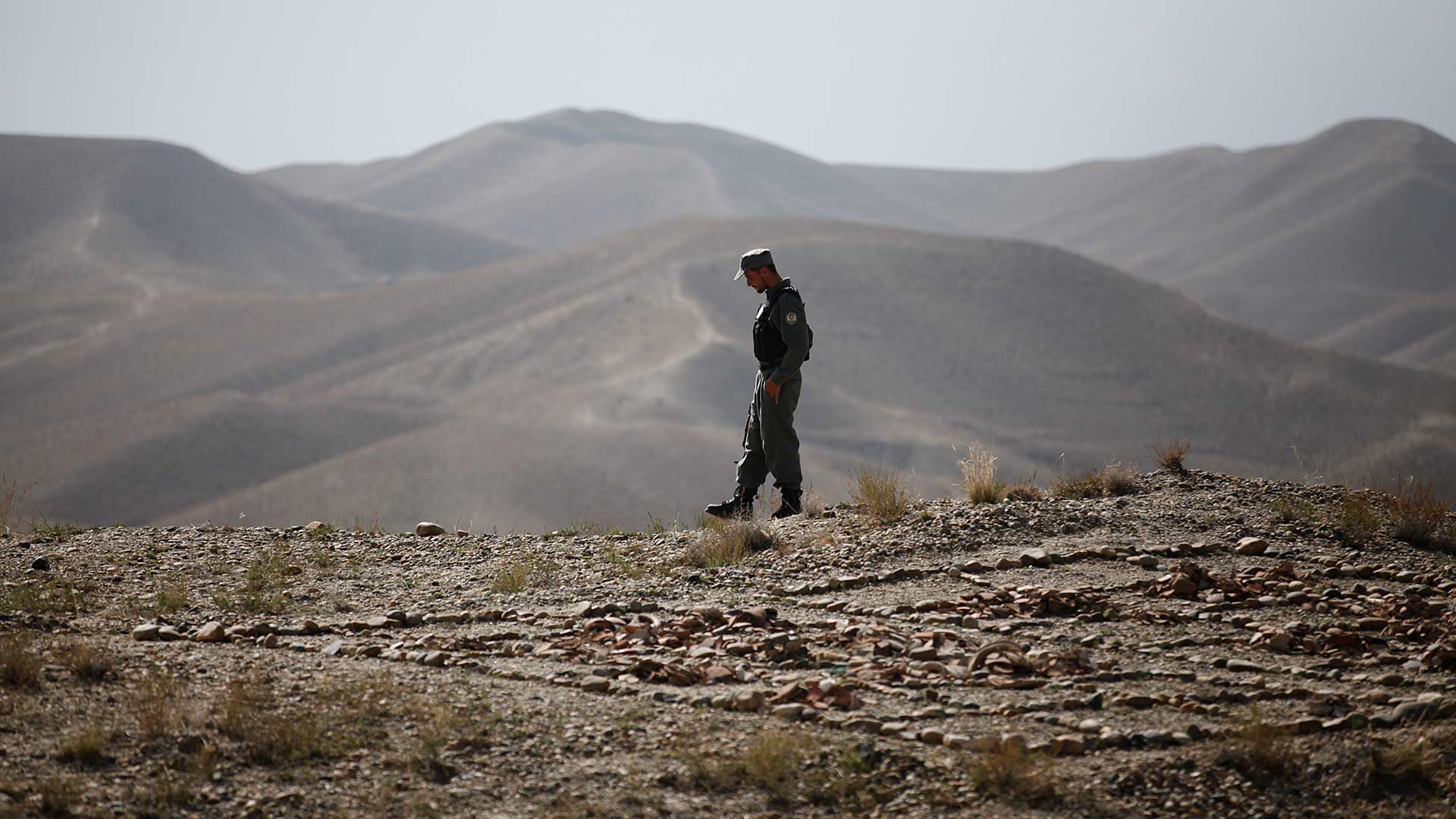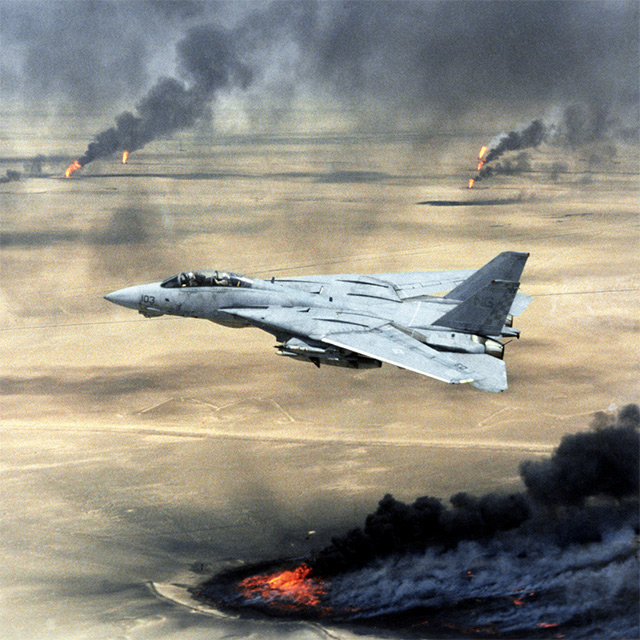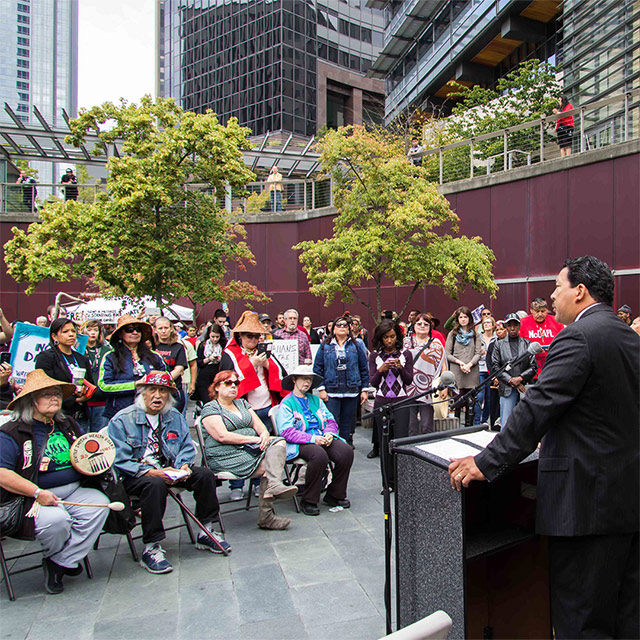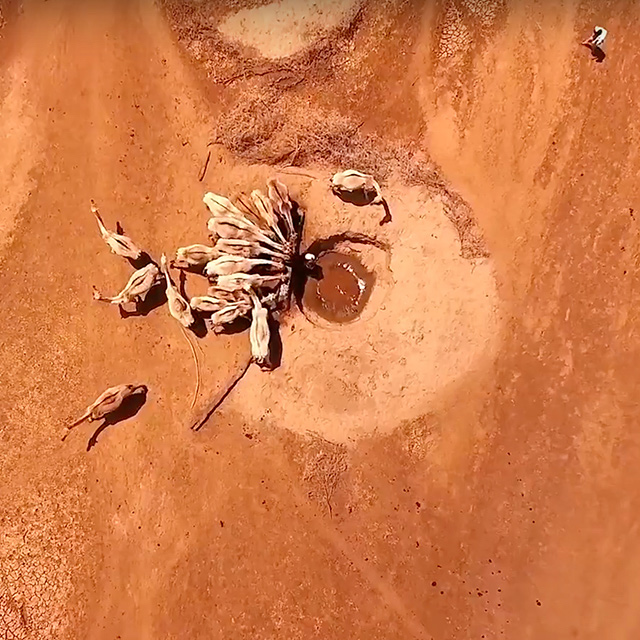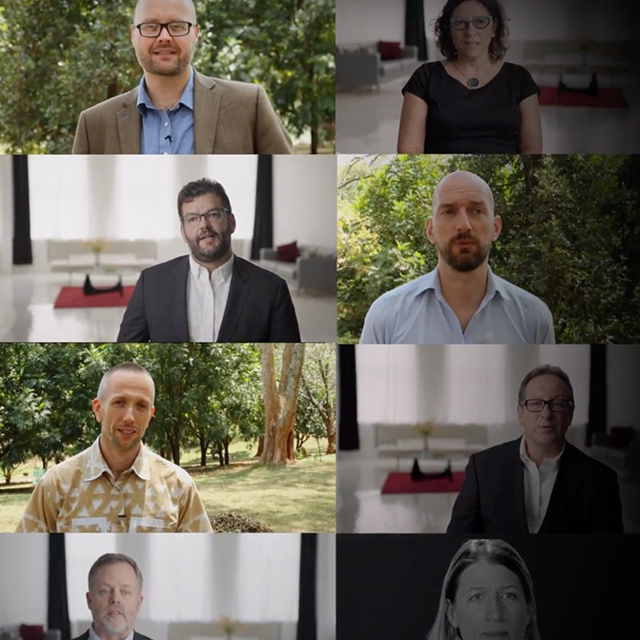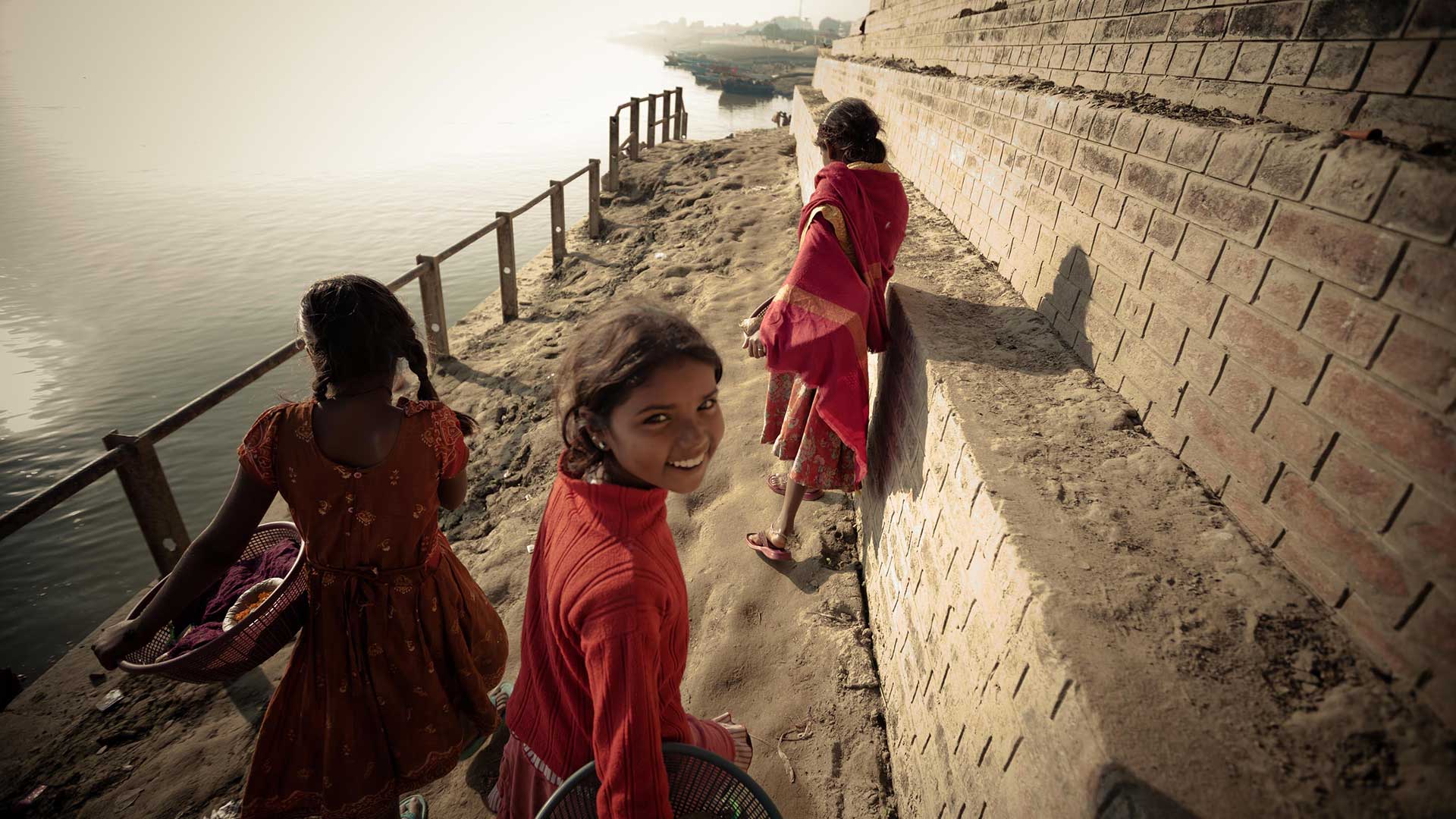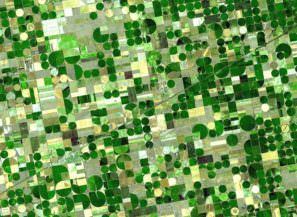Conflicts over natural resources and the environment are among the greatest challenges in 21st-century geopolitics. These conflicts present serious threats to human security at both the national and local levels. Natural resources and the environment can nonetheless serve as a vehicle for peace if managed in a sustainable and equitable manner. Environmental peacebuilding has emerged as a new frontier in interdisciplinary studies. It offers a conceptual and operational framework to understand the positive peacebuilding potential of natural resources across the conflict lifecycle while mitigating potential risks.
This 8-week massive open online course on Environmental Security and Sustaining Peace provides an in-depth introduction to the multiple roles that natural resources and the environment play in the onset, escalation, resolution, and recovery from violent conflicts. Many of the considerations and approaches in this course are also relevant to understanding and addressing social conflicts around natural resources and the environment.
